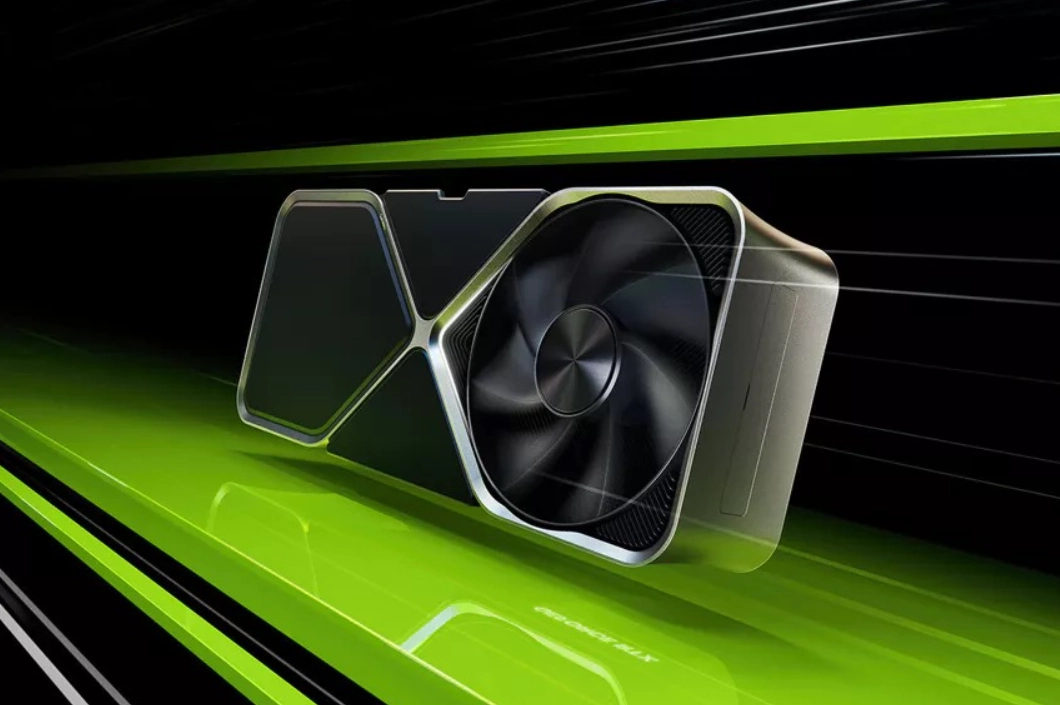Nvidia’s GeForce RTX 50 series is shaping up to be an exciting leap in the world of graphics processing. While much of the attention focuses on the high-end RTX 5090 and 5080, the humble RTX 5050 is the card many are curious about. As the entry-level option in the RTX 50 series, the 5050 is expected to deliver accessible performance at a more affordable price point. Here’s a breakdown of everything we know, including the latest rumors and what you can expect from this budget-friendly GPU.
A Look at the RTX 5050
At the heart of the RTX 5050 is the GB207 chip, a design aimed at entry-level performance. Unlike its more powerful siblings, which boast the cutting-edge GDDR7 memory, the 5050 will likely stick with GDDR6, a familiar memory type but still highly capable for casual gamers and content creators. This design choice helps keep costs down while still delivering solid performance.
Is GDDR6 a Dealbreaker?
Not at all! While GDDR7 promises faster data rates and more memory bandwidth, GDDR6 is still more than sufficient for most gamers today. For the typical user looking to enjoy games at 1080p resolution, the RTX 5050 will likely be an affordable ticket into the world of ray tracing, DLSS, and the other goodies Nvidia has been rolling out in its higher-tier cards.
Power Consumption and Efficiency
One of the big draws for the RTX 5050 is its low power consumption. Leaks suggest a 100W TDP, making it incredibly efficient compared to the heavy-hitters like the 5090, which could demand upwards of 500W. This makes the 5050 perfect for users looking to upgrade their rig without needing a massive power supply or complicated cooling solutions. It’s a card that should slide easily into most pre-built systems or older setups without causing power issues.

Expected Performance
So, how will the RTX 5050 perform? Based on the Blackwell architecture, we can expect a card that punches above its weight in several areas. While it won’t blow away 4K gaming, it will handle 1080p gaming with ease, especially in less demanding titles. For casual gamers, or those just dipping their toes into ray tracing and AI-enhanced rendering, this card should serve well.
In terms of pricing, we don’t have firm numbers yet, but traditionally, Nvidia prices its entry-level GPUs competitively. You can expect something in the range of $250 to $300—a sweet spot for those wanting next-gen features without breaking the bank.
Why You Should Keep an Eye on the RTX 5050
Future-proofing is the name of the game here. Even though the RTX 5050 is considered a “budget” card, it still brings with it many of the key features of the higher-tier models, like ray tracing and support for AI upscaling technologies like DLSS. Whether you’re a budget gamer or someone who wants a reliable workhorse for content creation, this card offers an attractive mix of price and performance.
Additionally, the RTX 5050 will support the latest ports, including DisplayPort 2.1, making it a solid choice for users looking to run modern displays with high refresh rates.
Conclusion: Should You Wait for the RTX 5050?
If you’re considering an upgrade but don’t want to splurge on a high-end GPU, waiting for the RTX 5050 could be worth it. With the power efficiency and features it brings to the table, the 5050 is poised to offer exceptional value for money. It’s not going to set performance records, but for most casual gamers, it’s more than enough to handle today’s games at 1080p with high settings.
Stay tuned to King of Geek as we continue to track the latest developments on the RTX 50 series and other exciting tech innovations.
By the Way, Do you know the Difference between RTX and GTX?

